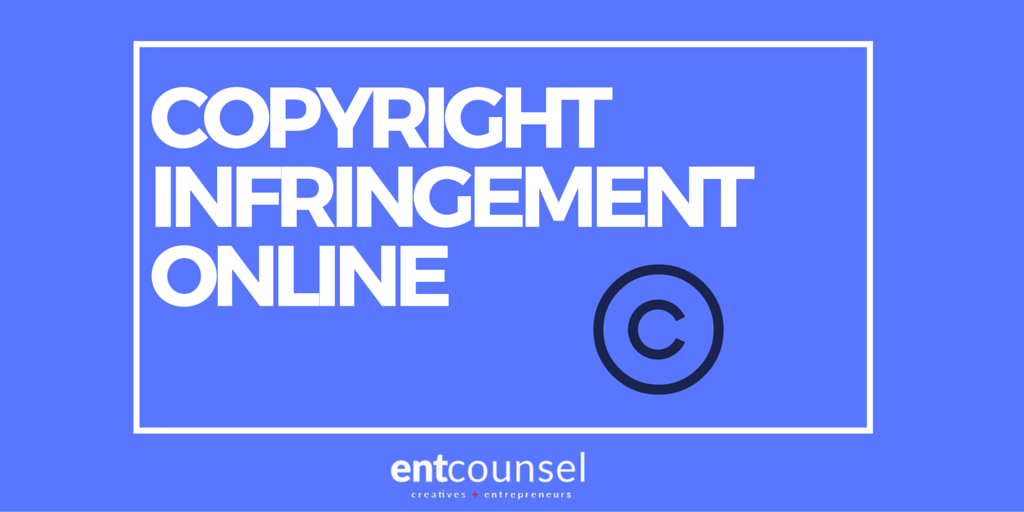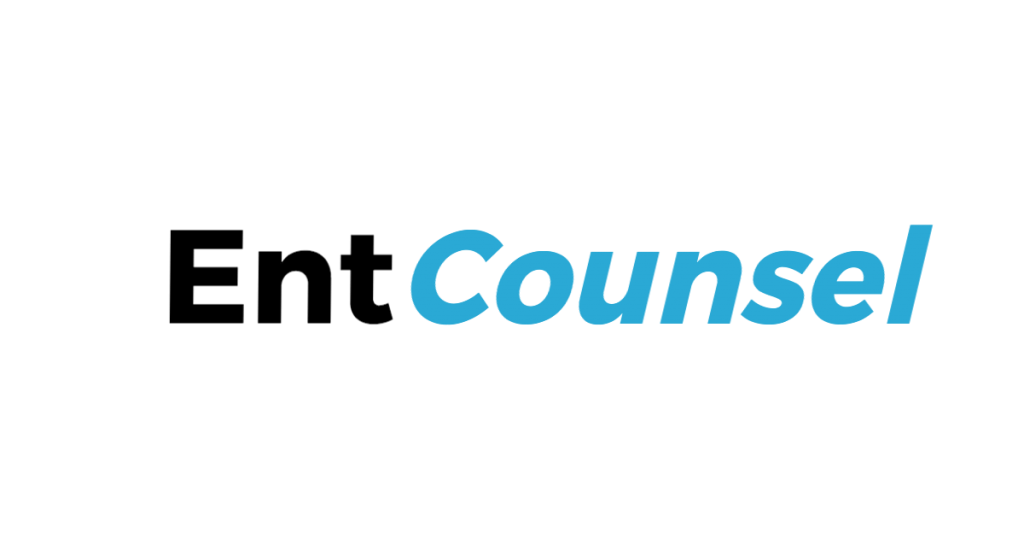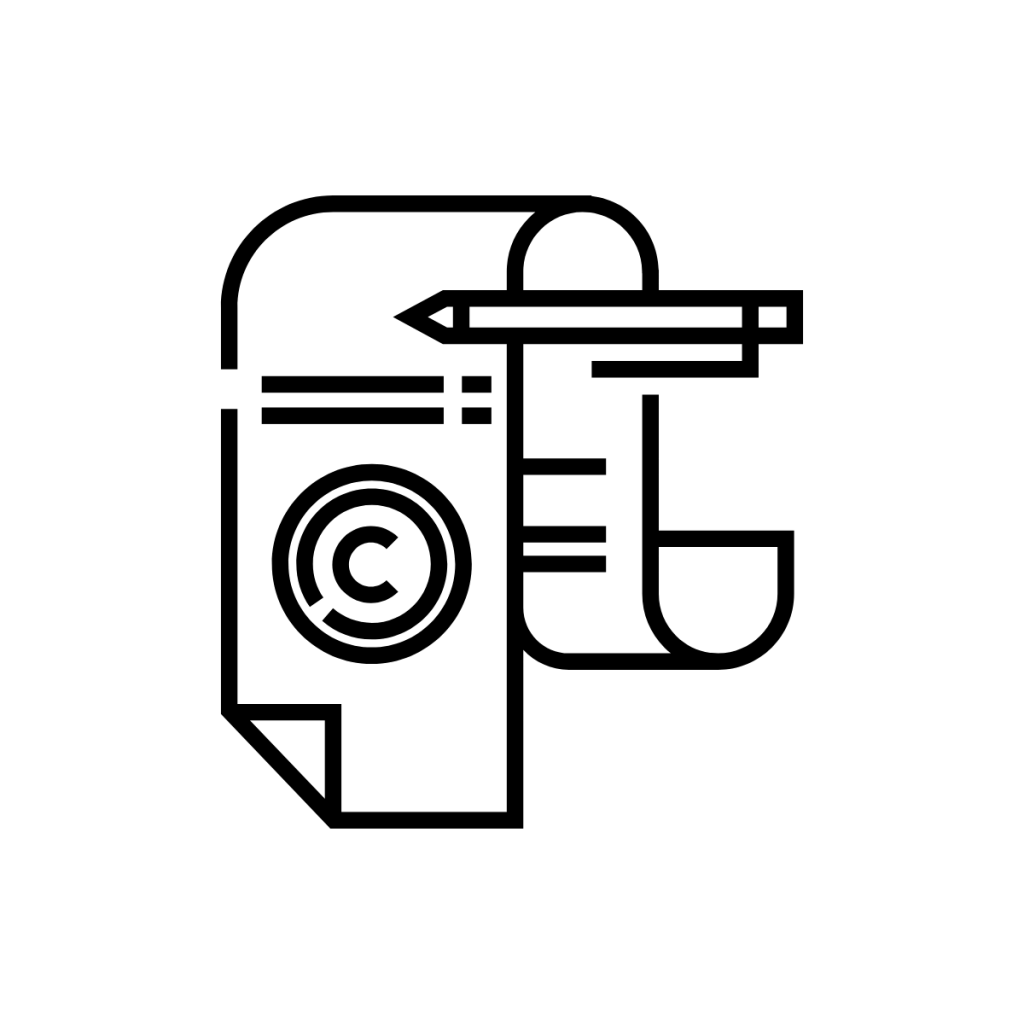Entcounsel is a law firm for creatives and entrepreneurs in the areas of social media law, technology, entertainment, copyright and trademarks. The following posts outlines the steps in removing copyright infringement online.
How to remove copyright infringement online
Step 1 – Contact Copyright Infringer
Attempt to reach out directly to the infringer first to remove the infringing content try and resolve.
Go to ICANN’s WHOIS Lookup at https://whois.icann.org/en to find the name of the owner of a domain if their email and contact info is not listed on the website
Step 2 – Copyright Infringement Website Terms and Conditions
Review the terms and conditions of the website posting the infringing material as they may have a procedure (which may be DMCA or Notice and Notice) to remove the infringing content and provide you with a contact email
For example, Business Insider’s website provides an email address and require you fill out a notice confirming:
you swear that you are the copyright owner and certify it under penalty or perjury
the location and description of the infringing material etc.
Step 3 – Copyright Infringement Social Media Reporting Procedures
Pursue social media reporting procedures for copyright infringement (which may direct you to the US DMCA or Canada’s Notice and Notice procedures)
Most social media sites have copyright infringement reporting procedures.
For Facebook, fill out their online copyright infringement form at:
https://www.facebook.com/help/contact
937027619679465
For Twitter, report copyright infringement by submitting a copyright report at:
https://support.twitter.com/forms/dmca
For Instagram, report copyright infringement by submitting a copyright report form at:
https://help.instagram.com/contact/539946876093520
For YouTube, you can submit a copyright takedown notice via their webform at:
https://support.google.com/youtube/answer/2807622?hl=en
For Pinterest, you can submit a copyright infringement notification via their online form at:
Step 4 – DMCA “Notice and Takedown” (US) and “Notice and Notice” (Canada)
Ultimately, you may have to report the copyright infringement via the DMCA (US) or Notice and Notice (Canada) procedures to have the copyright material removed
The DMCA stands for the Digital Millennium Copyright Act (incorporates two 1996 WIPO treaties) passed in 1998. It addresses copyright infringement online through Title II, it’s Online Copyright Infringement Liability Limitation Act.
It permits copyright owners to provide a notice in a prescribed form to an ISP who forwards it to the website owner. Upon receipt of the DMCA notice, the allegedly infringing work must be taken down or blocked.
Provides a safe harbour for online service providers who are not liable and do not have to pay if they comply with the DMCA Notice and Takedown Regime
The website owner may provide a counter-notice to the claimant which the ISP must forward. The counter-notice provides a safe harbour to users when the material is not infringing and protects them from liability.
If the claimant does not bring a lawsuit within a certain period, then the alleged infringing content is put back up.
A company must follow the following steps under the DMCA:
1)Designate a DMCA agent with the Library of Congress
2)List the DMCA agent on the company website
3)Establish a formal plan to handle complaints
4)Not receive a financial benefit from the infringing activity
The Notice and Notice protections for ISPs in Canada are pursuant to s. 41.25, 41.26 and 41.27(3) of the Copyright Modernization Act.
The notice and notice system in Canada is similar to the DMCA takedown system in the US.
In Canada, ISPs are legally required to pass notices of any allegations of copyright infringement to the website owner. They do not have to take the work down but just forward it.
In the US, the work must be taken down.
An ISP in Canada has a safe harbour against them for copyright infringement provided they forward the notice.
An ISP or webhost is required to do the following:
1)Forward any notices sent by copyright owners to the person who owns the website
2)Inform the copyright owner that the notice has been forwarded or if it’s not forwarded, to explain why it was not forwarded
3)The ISP or webhost is still required to retain records of the notice for six months and one year (if a lawsuit is commenced within that six month period) in order to identify the alleged infringer.
Once an individual receives a “notice”, the claimant still needs to obtain a court order to gain disclosure of their identity. They will then need to pursue formal legal proceedings to establish liability.
The “Notice and Notice” requires that intermediaries such as internet service providers and web hosts forward notices of alleged copyright infringement “as soon as feasible”. If they don’t, then the copyright owner can pursue statutory damages against them in the amount of $5,000 to $10,000. The intermediaries must let the copyright owners know that the notice has been forwarded.
The written notice must include the following:
1)The claimant’s name and address
2)Identify the material being alleged to be infringed
3)Specify the claimant’s interests or rights in that material
4)Specify the location date for the electronic location relating to the alleged infringement
5)Specify the infringement that is claimed; and
6)Specify the date and time when the alleged infringement occurred
Step 5 – Copyright Legal Action
Last resort is to go to commence formal legal proceedings and hire a lawyer to help you!
416.865.0800



